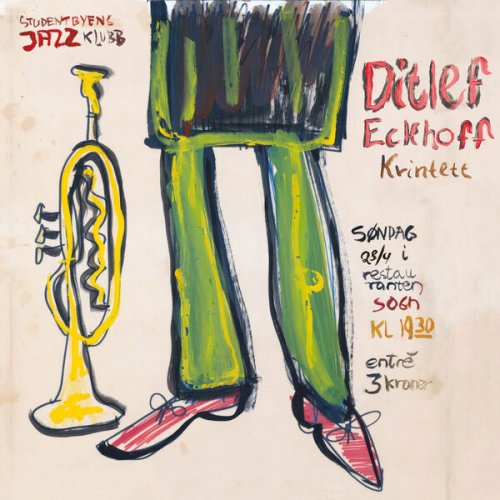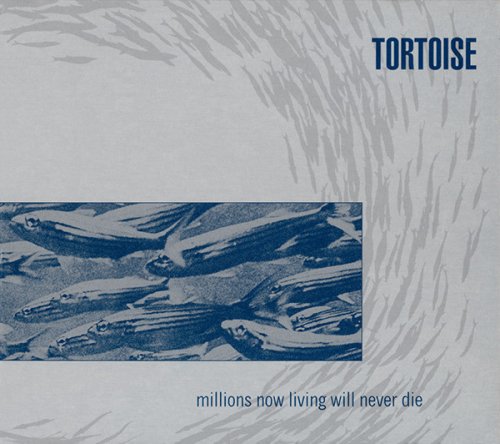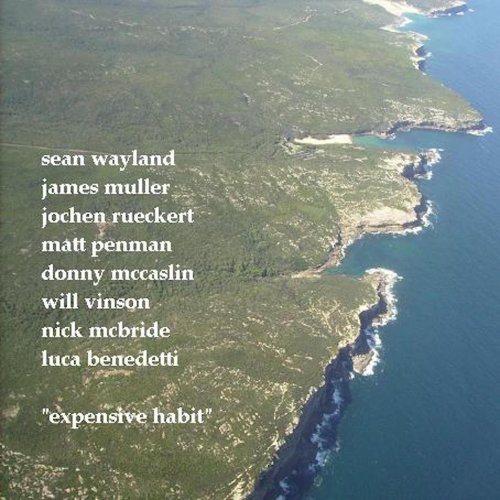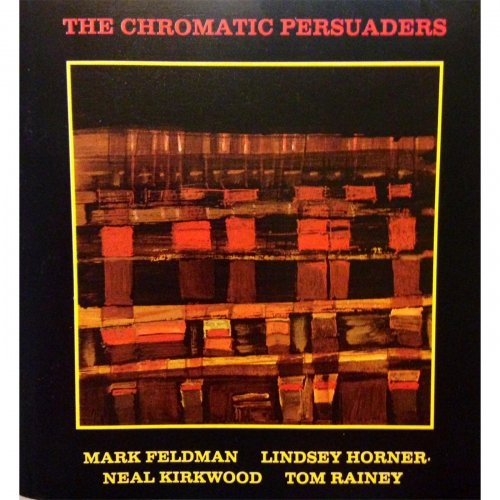The Tallis Scholars & Peter Phillips - Jacob Obrecht: Missa Maria Zart (2001)
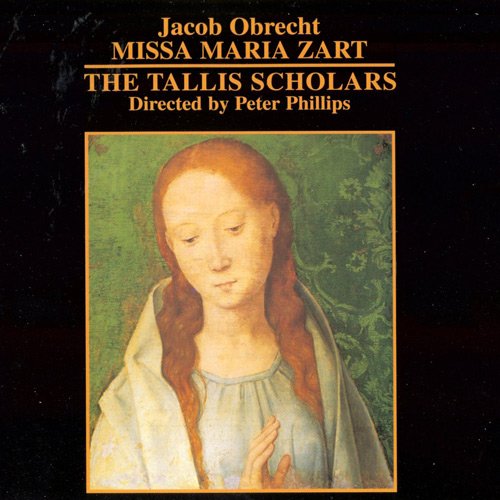
Artist: The Tallis Scholars, Peter Phillips
Title: Jacob Obrecht: Missa Maria Zart
Year Of Release: 2001
Label: Gimell
Genre: Classical
Quality: FLAC (image + .cue, log, scans)
Total Time: 69:25 min
Total Size: 297 MB
WebSite: Album Preview
Tracklist:Title: Jacob Obrecht: Missa Maria Zart
Year Of Release: 2001
Label: Gimell
Genre: Classical
Quality: FLAC (image + .cue, log, scans)
Total Time: 69:25 min
Total Size: 297 MB
WebSite: Album Preview
1. Kyrie
2. Gloria
3. Credo
4. Sanctus & Benedictus
5. Agnus Dei I, II & III
This is a bizarre and fascinating piece: and the disc is long-awaited, because The Tallis Scholars have been planning it for some years. It may be the greatest challenge they have faced so far. Normally a Renaissance Mass cycle lasts from 20 to 30 minutes; in the present performance, this one lasts 69 minutes. No ‘liturgical reconstruction’ with chants or anything to flesh out the disc: just solid polyphony the whole way. It seems, in fact, to be the longest known Renaissance Mass.
It is a work that has long held the attention of musicologists: Marcus van Crevel’s famous edition was preceded by 160 pages of introduction discussing its design and numerology. And nobody has ever explained why it survives in only a single source – a funny print by a publisher who produced no other known music book. However, most critics agree that this is one of Obrecht’s last and most glorious works, even if it leaves them tongue-tied. Rob C. Wegman’s recent masterly study of Obrecht’s Masses put it in a nutshell: “Forget the imitation, it seems to tell us, be still, and listen”.
There is room for wondering whether all of it needs to be quite so slow: an earlier record, by the Prague Madrigal Singers (Supraphon, 6/72 – nla), got through it in far less time. Moreover, Obrecht is in any case a very strange composer, treating his dissonances far more freely than most of his contemporaries, sometimes running sequential patterns beyond their limit, making extraordinary demands of the singers in terms of range and phrase-length. That is, there may be ways of making the music run a little more fluidly, so that the irrational dissonances do not come across as clearly as they do here. But in most ways it is hard to fault Peter Phillips’s reading of this massive work.
With only eight singers on the four voices, he takes every detail seriously. And they sing with such conviction and skill that there is hardly a moment when the ear is inclined to wander. As we have come to expect, The Tallis Scholars are technically flawless and constantly alive. Briefly, the disc is a triumph. But, more than that, it is a major contribution to the catalogue, unflinchingly presenting both the beauties and the apparent flaws of this extraordinary work. Phew! -- David Fallows, Gramophone
It is a work that has long held the attention of musicologists: Marcus van Crevel’s famous edition was preceded by 160 pages of introduction discussing its design and numerology. And nobody has ever explained why it survives in only a single source – a funny print by a publisher who produced no other known music book. However, most critics agree that this is one of Obrecht’s last and most glorious works, even if it leaves them tongue-tied. Rob C. Wegman’s recent masterly study of Obrecht’s Masses put it in a nutshell: “Forget the imitation, it seems to tell us, be still, and listen”.
There is room for wondering whether all of it needs to be quite so slow: an earlier record, by the Prague Madrigal Singers (Supraphon, 6/72 – nla), got through it in far less time. Moreover, Obrecht is in any case a very strange composer, treating his dissonances far more freely than most of his contemporaries, sometimes running sequential patterns beyond their limit, making extraordinary demands of the singers in terms of range and phrase-length. That is, there may be ways of making the music run a little more fluidly, so that the irrational dissonances do not come across as clearly as they do here. But in most ways it is hard to fault Peter Phillips’s reading of this massive work.
With only eight singers on the four voices, he takes every detail seriously. And they sing with such conviction and skill that there is hardly a moment when the ear is inclined to wander. As we have come to expect, The Tallis Scholars are technically flawless and constantly alive. Briefly, the disc is a triumph. But, more than that, it is a major contribution to the catalogue, unflinchingly presenting both the beauties and the apparent flaws of this extraordinary work. Phew! -- David Fallows, Gramophone
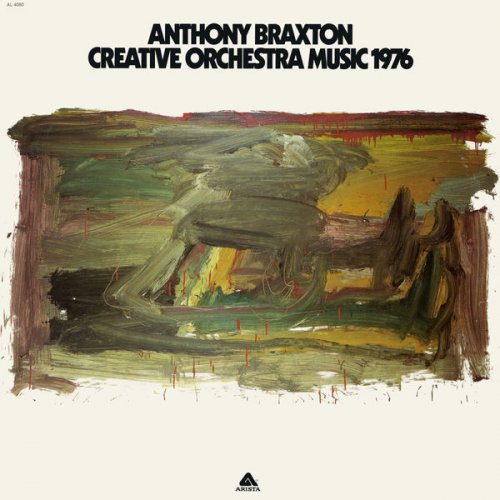


![Keith Jarrett - Solo-Concerts Bremen / Lausanne (1073/2025) [Hi-Res] Keith Jarrett - Solo-Concerts Bremen / Lausanne (1073/2025) [Hi-Res]](https://www.dibpic.com/uploads/posts/2025-12/1766498595_b7uxg60700zwc_600.jpg)

